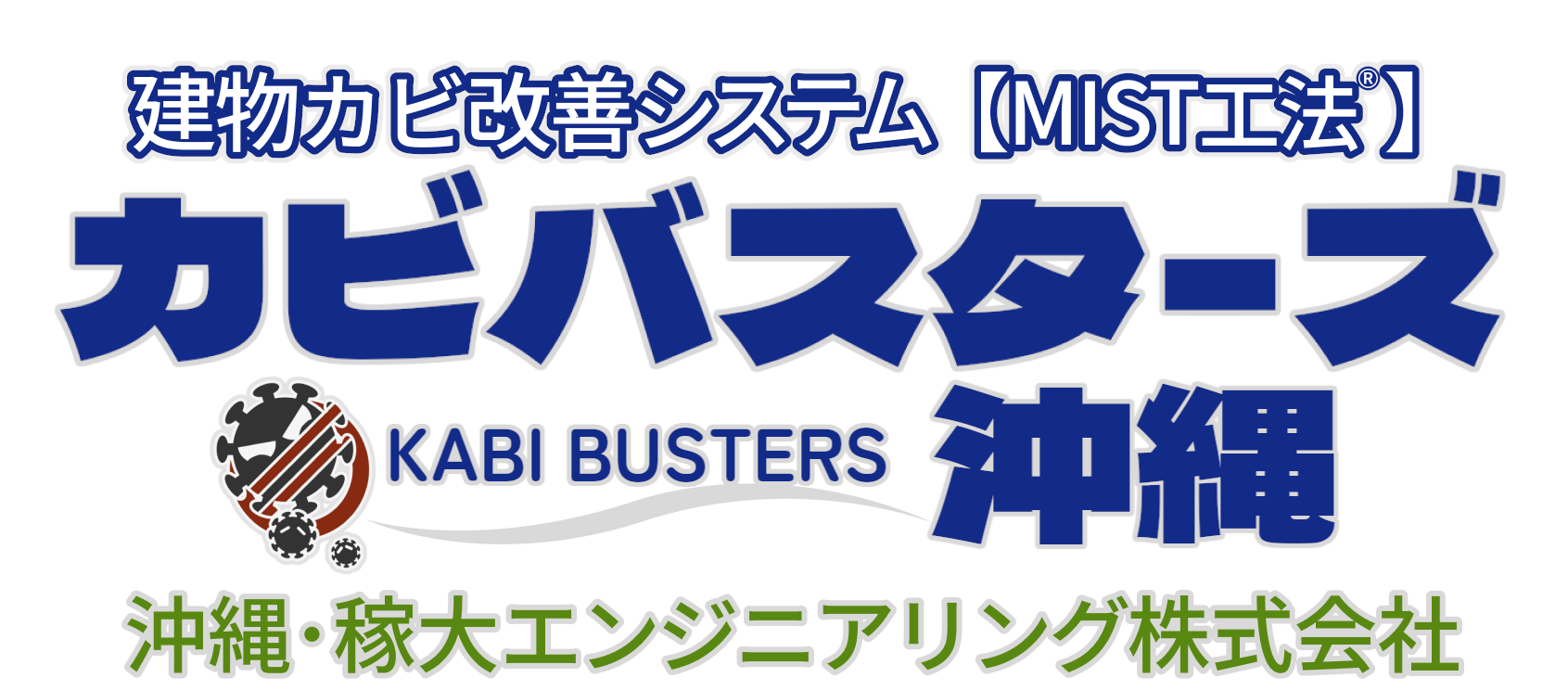Battling Humidity in Okinawa: Causes and Solutions for Underfloor Mold
2024/03/09
Mold Prevention Guide for New and Older Homes in Okinawa
Battling Humidity in Okinawa: Causes and Solutions for Underfloor Mold
Introduction
Okinawa's climate is known for its warmth and abundant natural beauty, but the high humidity and temperature conditions create an ideal breeding ground for mold, especially in residential settings. Whether in newly constructed homes or older residences, taking preventive measures against mold is crucial. This section explores the relationship between Okinawa's climate and mold growth, underscoring the importance of mold prevention strategies in both new and existing homes.
Okinawa's Climate and Its Relation to Mold
Okinawa's climate, characterized by high humidity and temperatures throughout the year, significantly contributes to the proliferation of mold. Mold spores thrive in moist environments, finding their way into various parts of a home but are particularly prevalent in poorly ventilated areas such as beneath floors. Seasonal weather patterns, including typhoons and the rainy season, exacerbate indoor humidity levels, further complicating mold issues.
The Importance of Mold Prevention in New and Aged Homes
In new homes, construction materials can retain moisture, which, coupled with high airtightness, creates a hospitable environment for mold growth. Conversely, in older homes, structural degradation and inadequate maintenance can lead to moisture problems, directly contributing to mold proliferation. Given mold's potential health risks, especially to individuals with allergies or respiratory issues, implementing proactive moisture control and ventilation measures is essential for maintaining a healthy living environment.
Understanding Mold
What is Mold?
Mold comprises microscopic fungi that reproduce through spores, flourishing in humid conditions. It can feed on various organic materials found in homes, such as wood, paper, and fabric. Invisible to the naked eye, mold spores are a natural part of the indoor and outdoor environments, constantly circulating and seeking moist areas to colonize.
Health Impacts of Mold
While mold exposure may have minimal effects on some, it can significantly impact those with allergies, asthma, or compromised immune systems. Symptoms of mold exposure can range from sneezing, coughing, and eye irritation to more severe respiratory issues. Long-term exposure may exacerbate asthma and lead to other respiratory infections.
Mold's Preferred Environments
Mold growth is facilitated by specific conditions, primarily high humidity, warm temperatures, organic food sources, and oxygen. Homes with poor ventilation and water leakage issues are particularly susceptible to mold problems. Managing indoor humidity and ensuring proper ventilation are key to preventing mold growth.
Mold Prevention in New Homes
Causes: Construction Moisture and Insufficient Ventilation
Newly constructed homes may harbor moisture within building materials and lack adequate ventilation, promoting mold growth.
Strategies:
Drying and Humidity Management: Ensuring building materials are dry before installation and using dehumidifiers can help control indoor humidity levels.
Effective Ventilation System Design: Incorporating well-designed ventilation systems, especially in high-moisture areas like bathrooms and kitchens, can prevent mold growth by reducing indoor humidity.
Prevention: Managing Humidity from the Start
Monitoring Humidity Levels: Keeping indoor humidity within the recommended range (40%-60%) is crucial for preventing mold. Employing dehumidifiers and air conditioners, along with humidity sensors, can aid in maintaining optimal indoor conditions.
Addressing Mold in Older Homes
Causes: Aging and Lack of Maintenance
In older homes, structural wear and tear and neglected maintenance can lead to conditions favorable for mold growth, such as water leaks and poor ventilation.
Strategies:
Regular Inspections and Repairs: Conducting annual inspections and promptly addressing any signs of water damage or leaks can prevent mold from taking hold.
Addressing Water Leakage and Drainage Issues: Fixing leaks and improving drainage systems can eliminate excess moisture, a critical factor in mold prevention.
Unique Considerations for Okinawa
Managing Humidity and Temperature
The use of dehumidifiers and air conditioning systems to control indoor humidity and temperature is particularly relevant in Okinawa's climate.
Typhoon Season Precautions
Strengthening homes against typhoons, including window and door reinforcements and ensuring proper drainage, can prevent water intrusion and subsequent mold issues.
Balancing Natural and Mechanical Ventilation
Utilizing a combination of natural and mechanical ventilation strategies can effectively manage indoor humidity levels, reducing the risk of mold growth.
Routine Maintenance for Mold Prevention
Cleaning and Humidity Control
Regular cleaning, particularly in moisture-prone areas, and the use of dehumidifiers are fundamental practices for mold prevention.
Ventilation Practices
Ensuring continuous air circulation through natural or mechanical means is essential for maintaining low humidity levels conducive to a mold-free environment.
Professional Evaluations
Periodic assessments by mold prevention experts can identify potential risks and recommend specific mitigation strategies, ensuring long-term protection against mold.
Conclusion
Preventing mold in Okinawa's homes requires understanding the unique challenges posed by the local climate and implementing targeted strategies to manage humidity and ensure adequate ventilation. Whether dealing with a new construction or an older residence, prioritizing mold prevention is key to maintaining a healthy and comfortable living space.
----------------------------------------------------------------------
カビバスターズ沖縄
沖縄県国頭郡金武町伊芸1996-13
電話番号 : 080-3977-9591
----------------------------------------------------------------------





